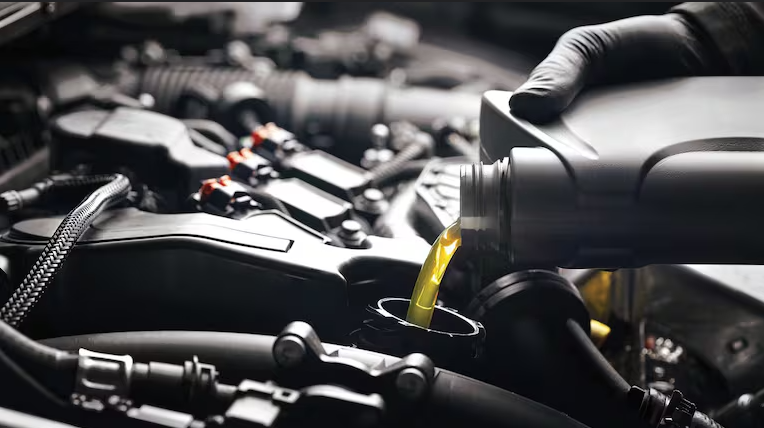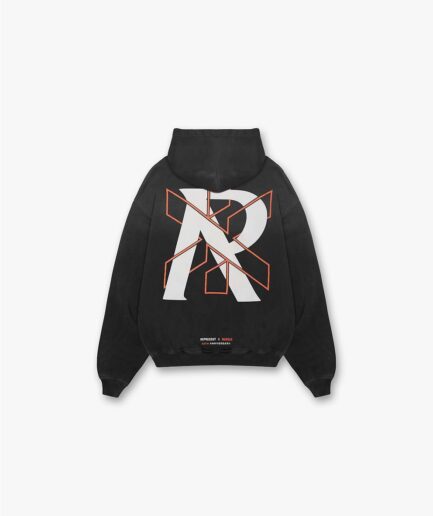In the heart of Africa, under the relentless Sudanese sun, industries from agriculture and mining to construction and power generation are the backbone of the economy. These sectors rely heavily on machinery, and at the core of this machinery are hydraulic systems. These complex networks of pumps, valves, cylinders, and motors are what give heavy equipment its power and precision. However, the harsh and unique climate of Sudan presents a formidable challenge to these systems. The single most critical factor in ensuring their longevity, efficiency, and reliability is the hydraulic fluid flowing within them. And when selecting that fluid, no property is more important than viscosity.
This article delves deep into the science of viscosity, explaining why it’s not just a number on a datasheet but the lifeblood of your hydraulic equipment in the Sudanese context. We will also explore how partnering with a knowledgeable supplier, such as Ecol Lubricants, can make all the difference in protecting your investment.
Understanding Viscosity: It’s More Than Just “Thickness”
At its core, viscosity is a measure of a fluid’s resistance to flow. Think of it as the internal friction within the oil. A high-viscosity fluid, like honey, flows slowly and is considered “thick.” A low-viscosity fluid, like water, flows easily and is “thin.”
In hydraulic systems, this property is paramount. The oil must perform several crucial jobs:
- Power Transmission: It is the medium that transfers power from the pump to the actuators.
- Lubrication: It creates a protective film between moving parts to prevent metal-to-metal contact and wear.
- Heat Transfer: It carries away heat generated by system inefficiencies.
- Contamination Control: It helps suspend contaminants and transport them to filters.
The viscosity of the oil must be precisely calibrated to perform all these functions effectively across a wide range of operating temperatures.
The Sudanese Climate: A Extreme Test for Hydraulic Oil
Sudan’s climate is predominantly hot and arid, with temperatures frequently soaring above 45°C (113°F) in the summer months. This intense, consistent heat is the primary environmental factor that dictates hydraulic oil selection. Here’s how it directly impacts viscosity:
1. The Inverse Relationship: Temperature vs. Viscosity
Hydraulic oil becomes thinner (its viscosity decreases) as it gets hotter and thicker (its viscosity increases) as it gets colder. This is not a linear relationship; it’s exponential. In Sudan, the primary concern is the oil becoming too thin at high operating temperatures.
2. The Perils of Oil That Is Too Thin (Low Viscosity)
When hydraulic oil overheats and its viscosity drops too low, it fails in its primary duties:
- Inadequate Lubrication: The oil film becomes too weak to separate critical components like pump vanes, gear teeth, and valve spools. This leads to increased friction, metal-to-metal contact, and rapid, severe wear.
- Increased Internal Leakage: Thin oil can slip past seals and internal clearances more easily. This leads to a loss of system efficiency, slower operation, reduced hydraulic power, and higher energy consumption as the pump works harder to maintain pressure.
- Vulnerability to Oxidation: High temperatures accelerate the chemical breakdown (oxidation) of the oil. Thin, oxidized oil can form sludge and varnish, which clog filters, plug small orifices in servovalves, and cause components to stick or fail.
3. The (Less Common) Risk of Oil That Is Too Thick (High Viscosity)
While the heat is the main challenge, cold mornings or systems operating in climate-controlled environments can still face issues if the oil is too viscous:
- Poor Cold Weather Flow: At start-up, thick oil can be difficult for the pump to pull from the reservoir, causing cavitation. This is when air bubbles form and implode, causing damaging shockwaves that erode metal components.
- High Pressure Drops: It requires more energy to push thick oil through lines and filters, leading to a drop in efficiency and potential issues with system responsiveness.
The Golden Rule: The Viscosity Index (VI) is Your Best Friend
Given Sudan’s temperature extremes, you cannot choose an oil based on its viscosity at a single temperature. This is where the Viscosity Index (VI) becomes your most important metric.
The Viscosity Index is a dimensionless number that measures an oil’s rate of viscosity change with temperature. Simply put:
- A low VI oil is highly sensitive to temperature changes. Its viscosity will drop dramatically as it heats up.
- A high VI oil is more stable. Its viscosity changes much less over a wide temperature range.
For hydraulic applications in Sudan, you must select an oil with a high Viscosity Index. A high VI oil will maintain its protective viscosity better at peak operating temperatures without becoming excessively thick during cooler periods. This provides a wider operating window and superior protection.
High-quality hydraulic oils achieve a high VI through a refined base oil stock and the use of special additives called VI improvers. These are long-chain polymers that expand with heat to counteract the oil’s natural thinning tendency.
Selecting the Right Oil: A Practical Guide for Sudanese Operations
Choosing the correct oil is a balancing act. You must cross-reference the equipment manufacturer’s recommendation with the expected ambient and operating temperatures.
- Consult the Manual: Original Equipment Manufacturers (OEMs) like Caterpillar, Komatsu, or Bosch Rexroth specify an ideal viscosity range (e.g., 16 to 40 centistokes) for their hydraulic systems and often recommend a standard ISO VG (Viscosity Grade) like ISO VG 46 or ISO VG 68.
- Understand the Temperatures: Determine your machine’s typical operating temperature. Remember, the oil temperature can be 20-30°C hotter than the ambient air temperature. In Sudan, hydraulic fluid can easily reach 70-80°C.
- Use a Viscosity-Temperature Chart: Plot the OEM’s recommended viscosity range against your operating temperatures. The oil you choose must stay within this “safe window” throughout its operating cycle.
- Prioritize a High VI: When comparing two oils of the same ISO VG grade, always choose the one with the higher Viscosity Index for Sudanese conditions.
Beyond Viscosity: The Role of Quality and Additives
While viscosity is king, it is not the entire kingdom. A high-VI oil is useless if it lacks the chemical fortitude to survive the Sudanese heat. This is where the quality of the formulation and the additive package come into play.
- Oxidation Stability: The oil must resist breaking down chemically at high temperatures to prevent sludge formation.
- Anti-Wear (AW) Additives: These additives, such as Zinc Dialkyldithiophosphate (ZDDP), form a protective layer on metal surfaces, providing an extra shield against wear during start-up or if the oil film is momentarily compromised.
- Anti-Foam and Demulsibility: The oil must release entrained air quickly and separate from water to prevent corrosion and maintain its lubricating properties.
Why Partnering with a Specialist Like Ecol Lubricants is Critical
Navigating the complexities of hydraulic oil selection in a challenging environment like Sudan is not a task for amateurs. This is where expertise matters. A specialized lubricant supplier brings invaluable knowledge to the table.
Ecol Lubricants, for instance, understands the specific demands of the African climate. They don’t just sell oil; they provide solutions. Their product range is likely engineered with high VI base oils and robust additive packages designed to withstand extreme heat. Furthermore, a reputable supplier can offer:
- Technical Expertise: Their engineers can help you analyze your equipment and operating conditions to recommend the exact correct ISO VG and product type.
- Quality Assurance: You are guaranteed to receive products that meet or exceed international standards (ISO, DIN, OEM specifications), ensuring performance and protecting your warranty.
- Preventative Maintenance Support: They can assist with oil analysis programs, which is a proactive way to monitor oil health, viscosity, contamination levels, and wear metals, allowing you to schedule maintenance before a costly failure occurs.
Choosing a generic oil from a non-specialist to save a few dollars per drum is a false economy. The cost of a hydraulic pump failure—downtime, lost productivity, repair costs, and replacement parts—dwarfs the minimal savings on inferior fluid.
Conclusion: Viscosity is Non-Negotiable
In the demanding industrial landscape of Sudan, ignoring the importance of viscosity in hydraulic oil is a recipe for disaster. The extreme heat will relentlessly attack an improperly selected fluid, leading to increased wear, reduced efficiency, higher fuel consumption, and ultimately, catastrophic system failures.
Protecting your valuable machinery is a direct function of choosing a high-quality hydraulic oil with the correct viscosity grade and, most importantly, a high Viscosity Index to ensure stable performance across the temperature spectrum. By understanding this critical property and partnering with a knowledgeable technical supplier like Ecol Lubricants, you can ensure your operations run smoothly, efficiently, and profitably, no matter how high the temperature climbs.


